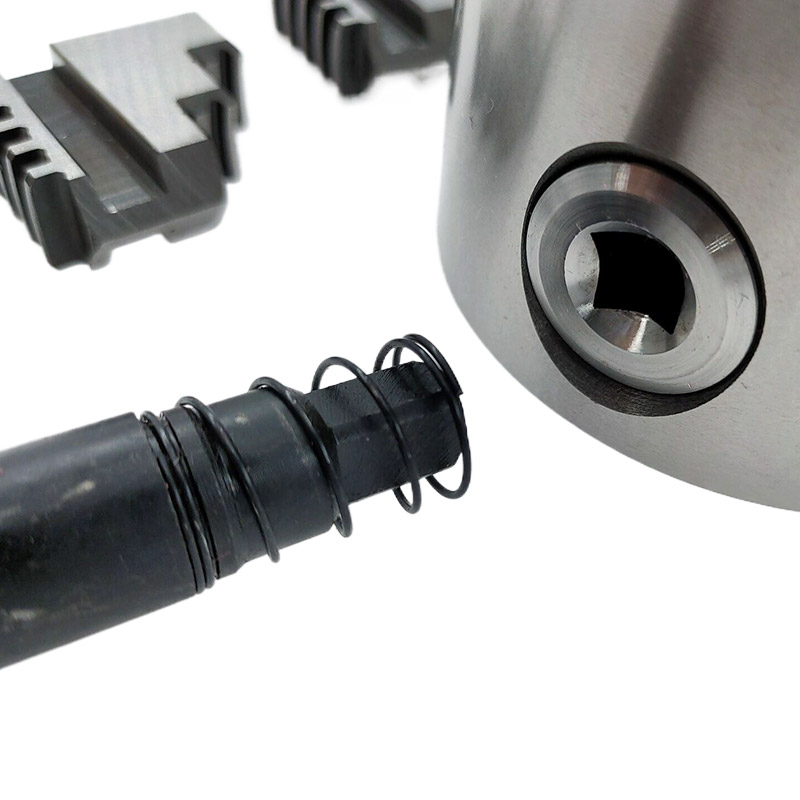
Power of Metal Lathes: Metal Lathe Projects
Introduction
In the realm of metalworking, metal lathes stand as indispensable tools, capable of transforming raw metal blocks into intricate and functional components. Whether you’re a seasoned machinist or an aspiring metalworker, metal lathe projects offer an avenue to unleash creativity, hone skills, and produce valuable items for various applications in 2024.
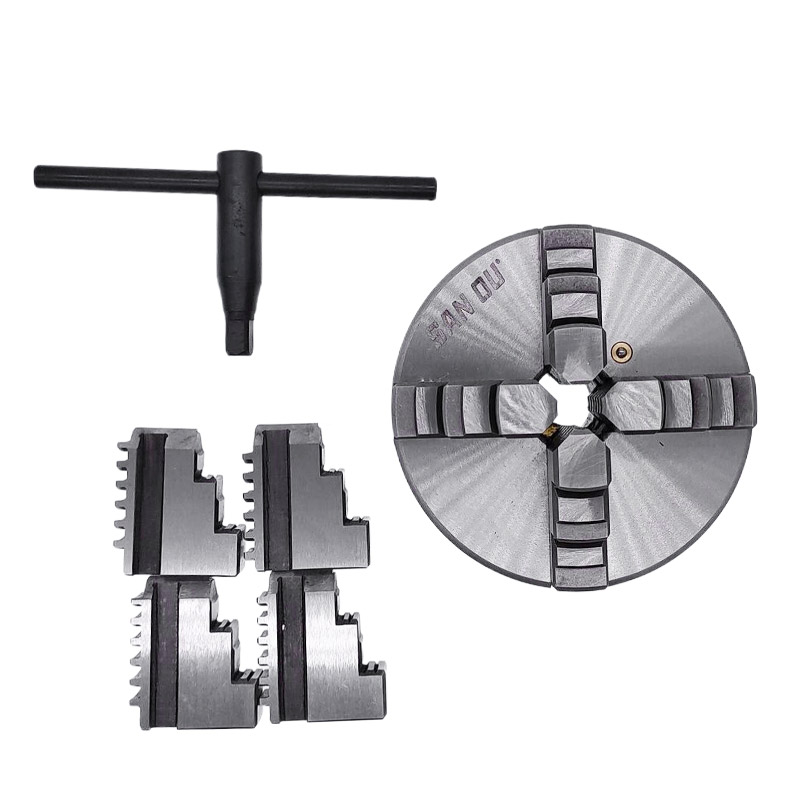
Understanding Creative Metal Lathe Projects and Their Capabilities
Metal lathes are machines that rotate a metal workpiece, allowing a cutting tool to shape it into desired forms. They primarily function to create cylindrical or conical shapes, with the ability to perform various operations, including:
-
Turning: Removing material from the workpiece to create a smooth, rounded surface.
-
Facing: Flattening the end of a workpiece perpendicular to its axis.
-
Boring: Enlarging an existing hole or creating a new one within the workpiece.
-
Threading: Cutting helical grooves onto the workpiece to create a screw-like pattern.
-
Parting: Separating a workpiece into two distinct pieces along a defined line.
Essential Metal Lathe Tools and Accessories
To embark on your metal lathe projects, you’ll need a basic set of tools and accessories:
-
Three-Jaw Chuck: A versatile chuck for securing round workpieces of various sizes.
-
Four-Jaw Chuck: Ideal for holding irregularly shaped workpieces or those requiring more precise alignment.
-
Cutting Tools: A variety of high-speed steel (HSS) or carbide cutting tools for different turning, facing, boring, threading, and parting operations.
-
Tool Rest: A support for the cutting tool, ensuring precise control and stability during operation.
-
Measuring Tools: Calipers, micrometers, and gauges for accurate measurement and dimension control.
-
Safety Gear: Protective glasses, gloves, and a dust mask to safeguard yourself from hazards.
Types of Metal Lathes and Their Applications
Metal lathes come in various types, each suited for specific purposes:
-
Engine Lathes: The most common type, offering a versatile range of operations and suitable for both beginner and advanced projects.
-
Mini Lathes: Compact and portable, ideal for small-scale projects and hobbyists with limited workspace.
-
CNC Lathes: Computer Numerical Control (CNC) lathes provide high precision and automation for complex projects and mass production.
Choosing the Right Metal Lathe Project
When selecting a metal lathe project, consider your skill level, available tools, and desired outcome. Start with simple projects like bushings or spacers to gain confidence, then progress to more complex tasks like threading or gear cutting.
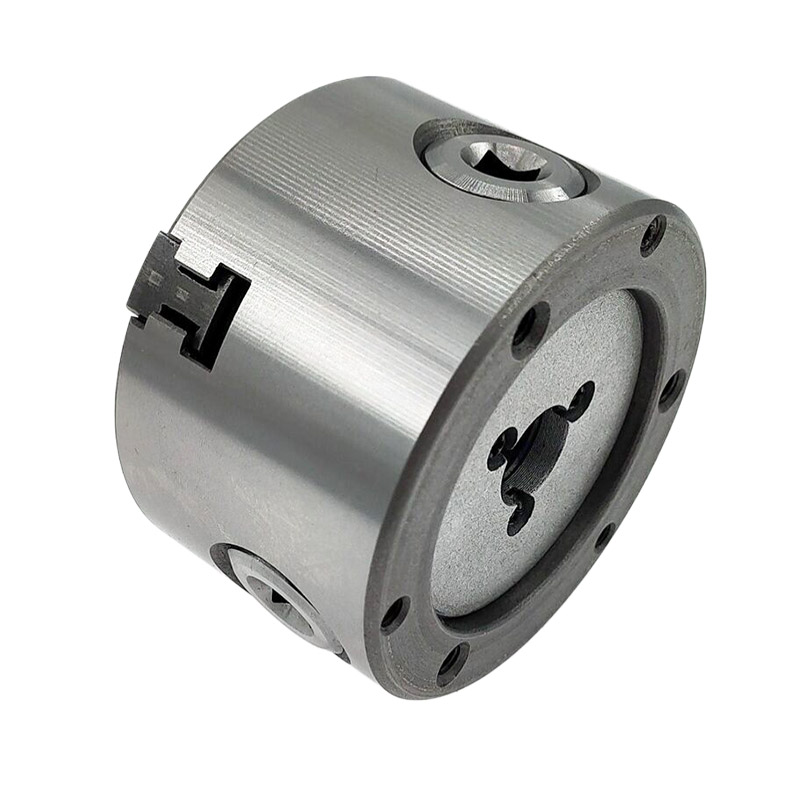
Safety Guidelines for Metal Lathe Operations
Safety is paramount when working on a metal lathe. Always follow these guidelines:
-
Secure the workpiece: Ensure the workpiece is firmly mounted in the chuck or between centers to prevent accidents.
-
Maintain proper posture: Stand with a balanced stance, knees slightly bent, and keep your hands away from rotating parts.
-
Wear appropriate PPE: Use protective glasses, gloves, and a dust mask to shield yourself from hazards.
-
Never operate the lathe while impaired: Avoid operating the lathe while under the influence of alcohol or drugs.
-
Stay alert and focused: Maintain full attention on the task at hand and avoid distractions while operating the lathe.
Basic Metal Lathe Operations for Beginners
Start with these fundamental metal lathe operations to master the basics:
-
Rough Turning: Initial shaping of the workpiece to remove excess material and establish the desired form.
-
Smoothing: Refining the surface of the workpiece to eliminate irregularities and achieve a smooth finish.
-
Detailing: Adding intricate details, such as grooves, ridges, or decorative elements, to enhance the appearance.
-
Polishing: Using abrasive compounds and polishing wheels to achieve a shiny, mirror-like finish.
Intermediate Metal Lathe Projects to Elevate Your Skills
Once you’ve mastered the basics, venture into these intermediate projects:
-
Creating a Bolt: Combine turning, facing, and threading operations to produce a functional bolt.
-
Turning a Sleeve: Shape a precise sleeve with a smooth bore and outer diameter.
-
Cutting a Taper: Learn the technique of creating a tapered form on the workpiece.
-
Making a Tool Holder: Turn a custom tool holder to organize and securely store your lathe tools.
Advanced Metal Lathe Projects for Experienced Machinists
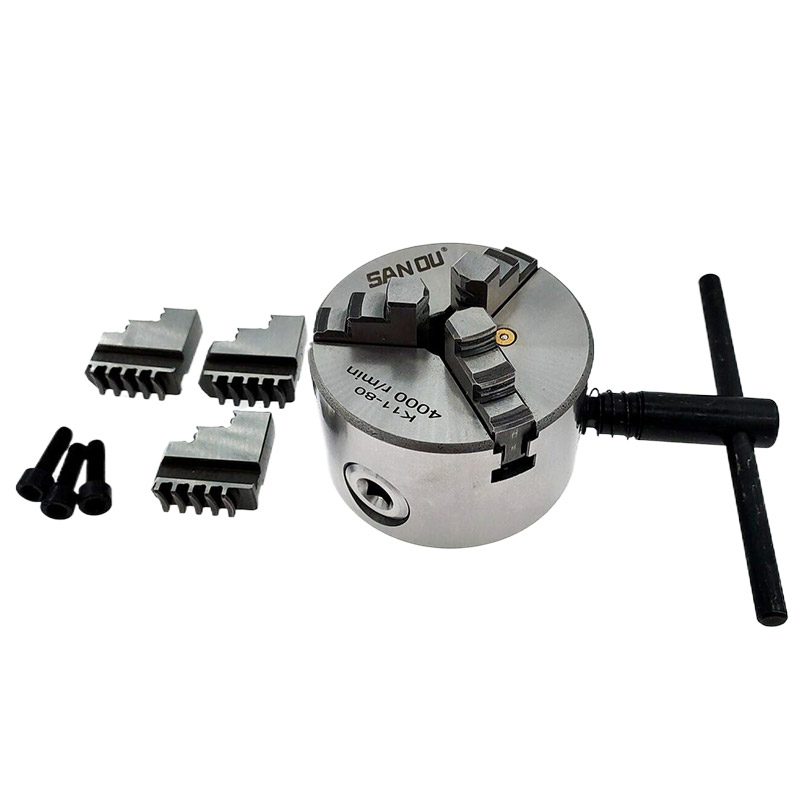
For experienced machinists, these projects offer a challenge:
-
Turning a Gear: Produce a functional gear with precise teeth and accurate dimensions.
-
Machining a Knuckle Joint: Create a complex knuckle joint with multiple moving parts and intricate details.
-
Threading a Pipe Fitting: Master the process of threading a pipe fitting for plumbing applications.
- Making a Custom Lathe Chuck: Design and turn a custom lathe chuck for specific workpiece holding needs.
Maintaining Your Metal Lathe for Optimal Performance
Just like any tool, proper care is crucial to ensure your metal lathe’s longevity and optimal performance. Here are some maintenance practices:
- Cleaning and Lubrication: Regularly clean your lathe to remove metal chips, dust buildup, and coolant residue. Follow the manufacturer’s instructions for lubricating moving parts to prevent friction and wear.
- Sharpening Cutting Tools: Maintain sharp cutting tools for efficient and clean cuts. Learn how to sharpen your HSS or carbide tools using appropriate sharpening stones or invest in a sharpening jig.
- Tool Maintenance: Regularly inspect your cutting tools for damage, such as chipped edges or worn tips. Replace or recondition damaged tools to ensure proper operation and safety.
- Coolant System Maintenance: If your lathe utilizes a coolant system, maintain proper coolant levels and cleanliness to prevent overheating and extend tool life.
Advanced Safety Techniques for Experienced Metalworkers
As you progress in your metal lathe projects, consider incorporating these advanced safety techniques:

- Using Live Centers and Dead Centers: Learn the proper use of live centers and dead centers for longer workpieces and ensuring precise alignment during turning operations.
- Cutting Speeds and Feeds: Understand the concept of cutting speeds and feeds, selecting appropriate settings based on the material being machined and the desired outcome.
- Advanced Workholding Techniques: With experience, explore advanced workholding techniques like chucking techniques, using centers, and mandrels for specific workpiece shapes.
- Chip Control: Implement strategies for safe and efficient chip control to prevent chip accumulation in the work area and potential injuries.
The Basics of Metal Lathe Operations
Before delving into specific projects, it’s essential to understand the fundamentals of operating a metal lathe. A metal lathe is a machine tool used to shape metal, wood, or other materials by rotating the workpiece against cutting tools. The lathe’s spindle holds the workpiece, while various tools, such as cutting tools and drill bits, are used to shape and refine it. Mastery of lathe operations involves understanding spindle speed, feed rates, tool selection, and precise measurements—a blend of artistry and technical proficiency.
Crafting Precision Components: Turning and Facing
One of the most fundamental projects on a metal lathe is turning and facing. Turning involves rotating a cylindrical workpiece against a stationary cutting tool to create cylindrical shapes, such as shafts or pins. Facing, on the other hand, is the process of cutting a flat surface perpendicular to the axis of rotation. These techniques are foundational in machining and are essential for creating precise components used in various industries, from automotive to aerospace.
Creating Threads: Tapping into Functional Precision
Threads are integral to many mechanical assemblies, providing the means to secure parts together or adjust components. Metal lathes are indispensable for cutting threads, whether external or internal, using threading tools and dies. Projects involving thread cutting showcase the lathe’s ability to achieve high accuracy and repeatability, crucial for manufacturing threaded parts like bolts, nuts, and threaded rods.
Precision Boring: Enhancing Fit and Function
Boring operations on a metal lathe involve enlarging existing holes or creating precise internal diameters. This technique is vital for achieving accurate fits in mechanical assemblies, where tolerances are critical. Boring tools, such as single-point cutters or boring bars, allow machinists to achieve smooth, concentric bores that meet exact specifications. Projects involving boring highlight the lathe’s capability to refine and enhance the functionality of machined parts.
Turning Complex Shapes: From Cones to Eccentrics
Beyond simple cylindrical shapes, metal lathes excel at turning complex geometries, such as cones, spheres, and eccentric shafts. These projects require advanced techniques, including taper turning and eccentric turning, which involve adjusting the lathe’s setup to achieve non-linear profiles or varying diameters along the workpiece. Such projects not only demonstrate the lathe’s versatility but also challenge machinists to hone their skills in geometrical precision and creative problem-solving.
Restoring Vintage Machinery: Preserving Heritage with Precision
Restoration projects involving vintage machinery showcase the ultimate fusion of craftsmanship and historical preservation. Metal lathes play a crucial role in restoring worn or damaged parts of antique engines, tools, or industrial equipment. Machinists meticulously replicate original components, ensuring historical accuracy while rejuvenating functionality. These projects highlight the enduring value of metal lathes in maintaining and honoring industrial heritage.
Custom Tooling: Tailoring Solutions for Specific Needs
In many manufacturing settings, custom tooling is essential for optimizing production processes and overcoming unique challenges. Metal lathes empower machinists to fabricate custom tools, jigs, and fixtures tailored to specific manufacturing requirements. Whether it’s designing precision gauges, cutting tools, or production molds, the ability to create bespoke tooling enhances efficiency and quality in industrial applications. These projects underscore the adaptability and innovation facilitated by metal lathe technology.
Artistic Expressions: Sculpting Metal with Precision
Metalworking is not solely confined to functional components; it is also a form of artistic expression. Artists and craftsmen utilize metal lathes to sculpt intricate designs, decorative elements, and artistic forms from metal. These projects transcend traditional machining techniques, blending technical skill with creative vision to produce aesthetically pleasing and culturally significant artworks. Metal lathe artistry exemplifies the fusion of craftsmanship, innovation, and artistic ingenuity.
The Future of Metal Lathe Technology
The realm of metal lathe technology is constantly evolving, offering exciting advancements for machinists of all levels. Here’s a glimpse into what the future holds:
-
CNC Lathes with Advanced Functions: CNC lathes with even more sophisticated programming capabilities will enable complex machining with increased precision and automation.
-
Advanced Tooling Materials: New cutting tool materials with extended life and improved performance will enhance efficiency and reduce production costs.
-
Automated Safety Features: Lathes may incorporate advanced safety features like automatic shut-off mechanisms, chip ejection systems, and laser alignment tools.
-
Integration with 3D Printing: Potential integration with 3D printing technologies could offer new possibilities for rapid prototyping and hybrid manufacturing processes.
These advancements point towards a future where metal lathes become even more versatile, efficient, and safe, empowering machinists to bring their creations to life with unparalleled accuracy and sophistication.

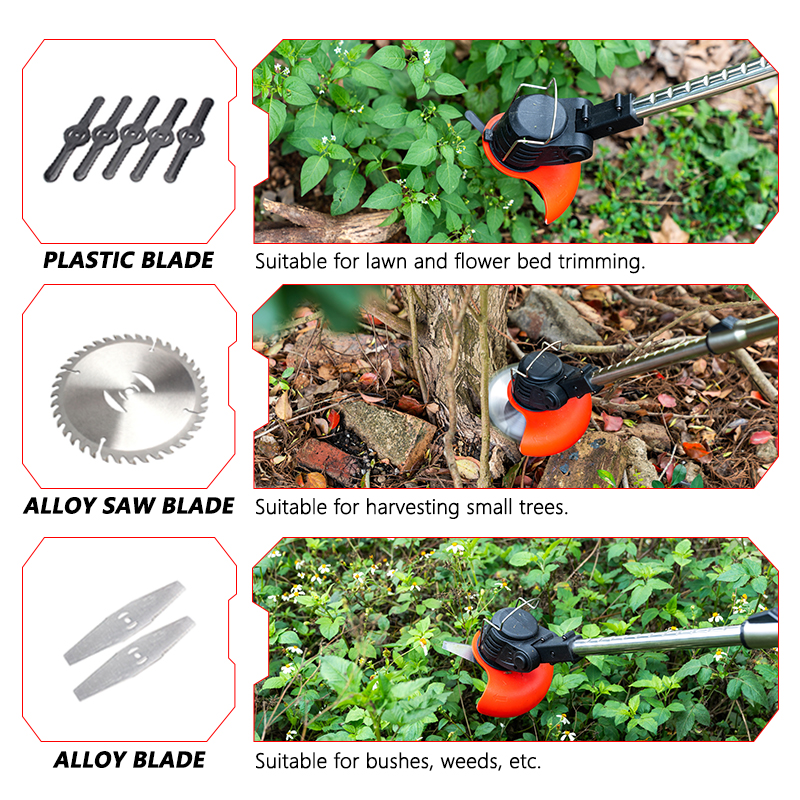
How to clean carburetor on lawn mower
Introduction
As the heart of your lawn mower’s engine in 2024, the carburetor plays a crucial role in ensuring smooth operation and optimal performance. Responsible for mixing fuel and air to create the combustible mixture that powers the engine, a clean and functioning carburetor is essential for keeping your lawn mower running efficiently. However, over time, dirt, gum, and debris can accumulate in the carburetor’s delicate passages and jets, leading to a range of performance issues, from difficulty starting to rough idling and reduced power.
Regular carburetor cleaning is an essential part of preventive maintenance for your lawn mower, helping to extend its lifespan and maintain its peak performance. While the process may seem daunting, it can be easily accomplished with basic tools, readily available supplies, and a bit of mechanical know-how. In this comprehensive guide, we’ll walk you through the step-by-step process of cleaning your lawn mower carburetor, ensuring your engine runs smoothly and efficiently for years to come.
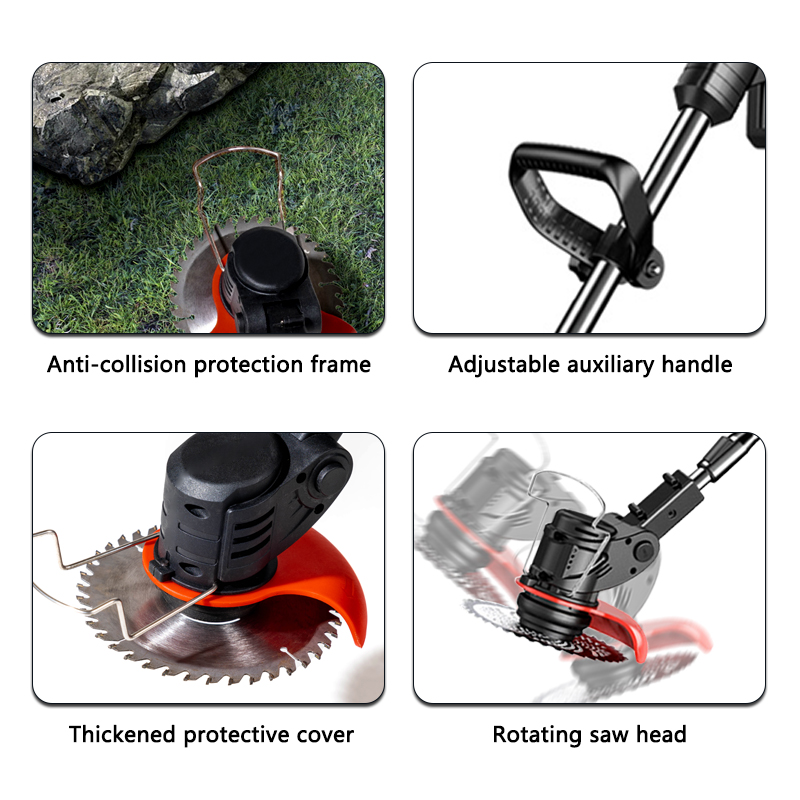
The Importance of Carburetor Maintenance in Lawn Mowers
Before diving into the cleaning process, it’s essential to understand the significance of maintaining your lawn mower’s carburetor. As a critical component of the engine, the carburetor is responsible for mixing fuel and air in the correct proportions, creating the combustible mixture that powers the engine. When the carburetor becomes clogged or dirty, the fuel-air mixture is disrupted, leading to a range of performance issues that can significantly impact your mowing experience.
Difficulty starting the lawn mower is a common symptom of a dirty carburetor. Even with a fully charged battery and good spark plugs, the engine may struggle to turn over due to the improper fuel-air mixture. Rough idling, characterized by an uneven or surging engine RPM, is another telltale sign of a clogged carburetor. This occurs because the carburetor is unable to regulate the fuel flow consistently, resulting in fluctuations in engine speed.
Perhaps the most noticeable consequence of a dirty carburetor is power loss. As the fuel-air mixture becomes compromised, the engine’s ability to generate power is diminished, making it difficult for the lawn mower to maintain its speed or tackle challenging mowing conditions. To prevent these performance issues and keep your lawn mower running smoothly, regular carburetor cleaning is essential.
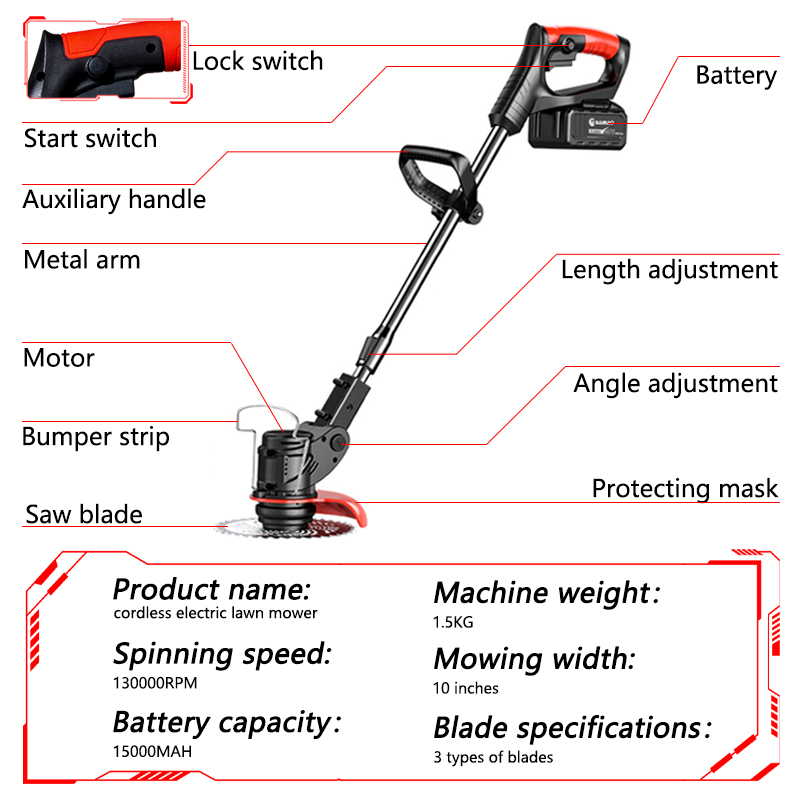
Understanding the Signs of a Dirty Carburetor
As mentioned earlier, a dirty carburetor can manifest itself in several ways, affecting the lawn mower’s starting, idling, and overall power. Recognizing these signs early on can help you determine when it’s time to clean the carburetor and prevent further complications.
One of the most obvious signs of a dirty carburetor is difficulty starting the lawn mower. Even with a fully charged battery and good spark plugs, the engine may struggle to turn over or require repeated attempts to start. This is because the carburetor is unable to deliver the proper fuel-air mixture to the engine, making it difficult for the combustion process to initiate.
Rough idling, characterized by an uneven or surging engine RPM, is another common symptom of a clogged carburetor. This occurs because the carburetor is unable to regulate the fuel flow consistently, resulting in fluctuations in the engine’s air-fuel ratio. As the mixture varies, the engine RPM rises and falls, creating a rough and unstable idle.
Perhaps the most noticeable consequence of a dirty carburetor is power loss. As the fuel-air mixture becomes compromised, the engine’s ability to generate power is diminished. This can manifest in several ways, such as the lawn mower struggling to maintain its speed, bogging down when encountering thicker grass, or having difficulty tackling inclines. If you notice any of these signs, it’s a good indication that your lawn mower‘s carburetor needs cleaning.
How to Clean a Dirty Carburetor on a Lawn Mower
Gathering the Necessary Tools and Materials
Before embarking on the carburetor cleaning process, it’s crucial to gather the necessary tools and materials to ensure a smooth and efficient task. Safety should always be paramount, so make sure you have the appropriate protective gear, including safety glasses, gloves, and a well-ventilated workspace.
Essential tools for carburetor cleaning include a socket wrench set, screwdrivers (including a flathead screwdriver), a funnel, a container for old fuel, and a small brush for removing stubborn debris. Additionally, you’ll need carburetor cleaner, lint-free cloths or paper towels, and a clean workspace.
Locating the Carburetor
The carburetor’s location can vary depending on the specific lawn mower model and brand, so it’s important to consult your owner’s manual for precise instructions. However, in general, the carburetor is typically situated near the top of the engine, close to the air intake and fuel line.
Once you’ve identified the general area, look for a small metal box with multiple hoses and connections attached. This is usually the carburetor. If you’re still unsure, refer to your owner’s manual or seek assistance from a knowledgeable mechanic.
Disassembling the Carburetor with Safety Precautions
Now that you’ve located the carburetor and gathered the necessary tools, it’s time for disassembly. However, safety remains a top priority. Remember to work in a well-ventilated area where there are no open flames or sparks. Keep cleaning materials away from children and pets, and ensure the engine is completely cool and turned off before proceeding.
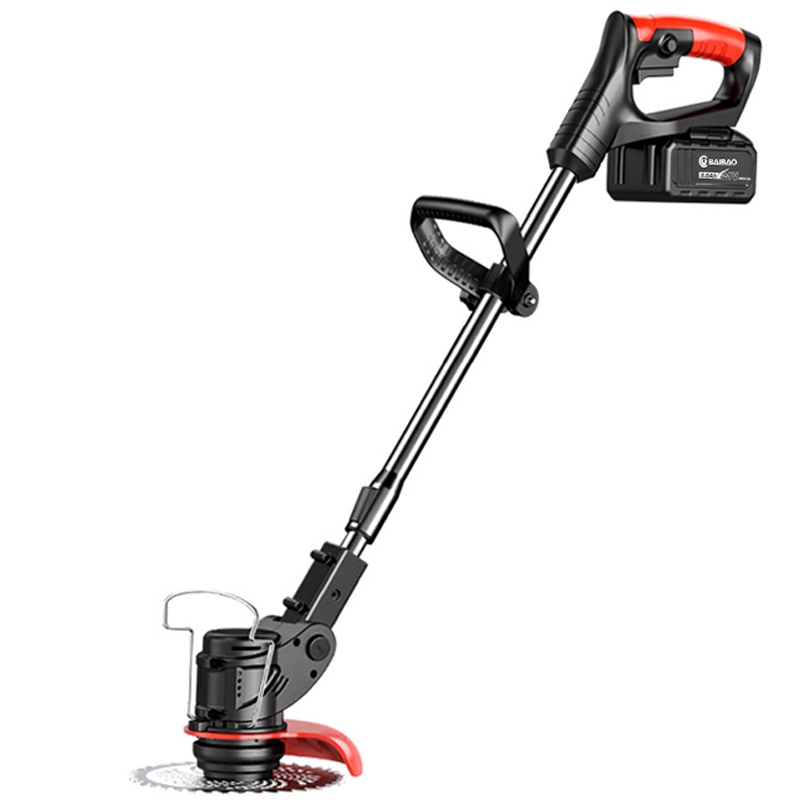
Removing Components Carefully:
Start by carefully disconnecting the air intake filter. Locate the hose or clamp securing it to the carburetor and detach it gently. Next, proceed to disconnect the fuel line by pinching the clamp with pliers and pulling the hose free from the carburetor nipple. Depending on your specific model, there may be additional hoses or electrical connections attached to the carburetor. Identify and disconnect them carefully, taking note of their location for reassembly later.
Unscrewing the Carburetor:
With all the hoses and connections removed, carefully locate the bolts or screws that secure the carburetor to the engine block. Use the appropriate socket wrench or screwdriver size to loosen and remove these fasteners. Be mindful of any washers or spacers located between the carburetor and the engine block, as these need to be reinstalled during reassembly.
Gently Handling the Carburetor:
Once the bolts or screws are removed, gently lift the carburetor from its position on the engine. Handle it with care to avoid damaging any delicate components or internal parts. Place the carburetor on a clean, flat surface to prevent any loose components from falling out.
Cleaning the Carburetor for Optimal Performance
Now that the carburetor is disassembled, it’s time for the cleaning process itself. This involves removing dirt, debris, and any accumulated gunk that may be hindering its proper functioning.
Draining Old Fuel:
Before proceeding, ensure you have a container ready to collect the old fuel. Carefully place the carburetor upside down over the container, allowing any remaining fuel to drain out. Dispose of this old fuel responsibly according to local regulations.
Cleaning with Carburetor Cleaner:
With the old fuel drained, it’s time to utilize the carburetor cleaner. Following the specific instructions on the cleaner’s label, carefully spray the cleaner into the carburetor’s jets, passages, and chambers. The cleaner will help to loosen and dissolve any dirt, gum, or debris that may be present.
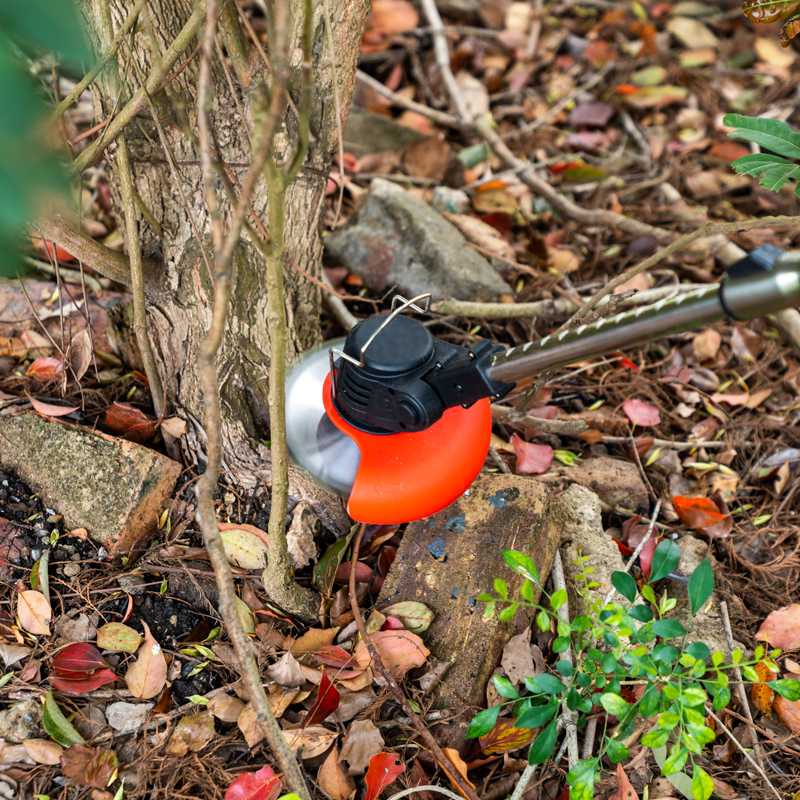
Soaking for Effective Cleaning:
After spraying the carburetor cleaner, allow it to soak for the recommended time specified on the product label. This soaking period is crucial for the cleaner to effectively dissolve and loosen any built-up grime.
Scrubbing with a Gentle Touch:
Once the soaking period is complete, use the small brush provided in your cleaning kit to gently scrub the carburetor’s components. Focus on areas where debris is likely to accumulate, such as the jets, passages, and needle valve. However, avoid using harsh materials or wire brushes, as these can damage delicate parts within the carburetor.
Reassembling the Carburetor for Proper Functioning
With the carburetor thoroughly cleaned, it’s time to reassemble it for proper reinstallation onto the engine. Here’s a breakdown of this process:
Inspecting and Replacing Gaskets:
Before reassembly, take a moment to inspect the gaskets or seals that will be reused. These gaskets ensure a proper seal between the carburetor and the engine block, preventing leaks. If any of the gaskets appear damaged, worn, or cracked, it’s crucial to replace them with new ones to avoid leaks after reinstallation.
Reinstalling Components:
Now, carefully begin reassembling the carburetor. Meticulously reattach any internal components that may have been removed for cleaning, ensuring they are positioned and secured correctly. Once internal components are in place, proceed to reconnect the hoses and electrical connections that were previously disconnected during disassembly. Use pliers to tighten any hose clamps securely.

Reinstalling the Carburetor Back on the Engine
With the carburetor fully reassembled, it’s time to return it to its original position on the engine block.
Securing the Carburetor:
Carefully lift the carburetor and place it back in its designated location on the engine. Secure it with the bolts or screws that were removed during disassembly. Remember to tighten these fasteners to the specified torque using a torque wrench to ensure a proper and secure fit. A loose carburetor can lead to leaks and performance issues.
Reconnecting Electrical Connections (if applicable):
If your carburetor had any electrical connections attached, such as for a throttle solenoid, carefully reconnect them now. Ensure all connections are secure and properly seated.


White smoke from lawn mower
Introduction
The sight of white smoke billowing from your lawnmower can be a cause for concern, especially if you’re not familiar with the potential causes and their implications. While white smoke can indicate a range of issues, it’s important to understand that not all of them are necessarily serious. In this comprehensive guide, we’ll delve into the various causes of white smoke in lawnmowers, explore effective solutions, and provide preventive measures to keep your mower running smoothly and smoke-free in 2024.
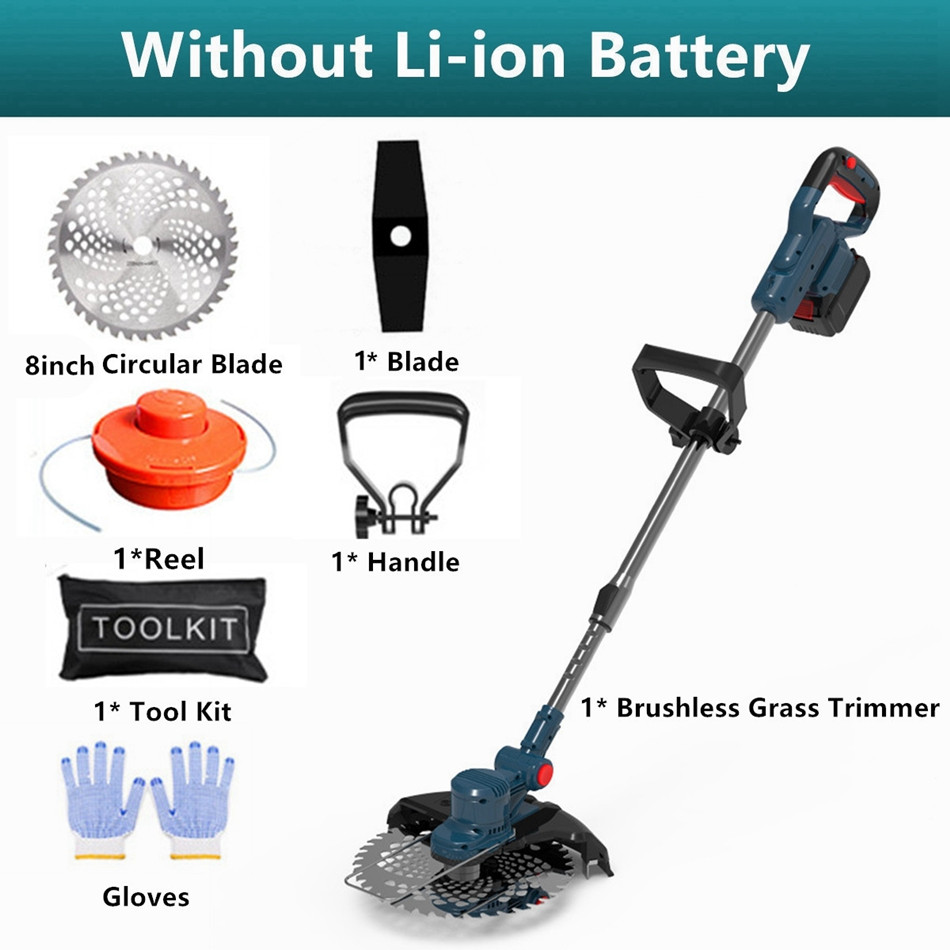
Why is White Smoke Coming Out Of My Lawn Mower?
White smoke emanating from your lawn mower’s exhaust can stem from various underlying issues within the engine. Understanding these causes is crucial to diagnosing and addressing the problem effectively.
1. Overfilled Oil Reservoir
One of the common reasons for white smoke is an overfilled oil reservoir. When there is excessive oil in the engine, it can seep into areas where it shouldn’t be, such as the combustion chamber. During operation, this excess oil burns along with the fuel, producing white smoke. It’s important to check your oil levels regularly and ensure they are within the recommended range specified in your mower’s manual.
2. Incorrect Fuel Mixture
Another potential cause of white smoke is an incorrect fuel mixture, particularly if you are using a two-stroke engine. If the fuel mixture is too rich (too much oil in proportion to gasoline), it can lead to incomplete combustion and produce white smoke as a result. Ensuring you use the correct fuel mixture as specified by the manufacturer is essential for proper engine performance and to avoid issues like white smoke.
3. Water or Moisture in the Fuel
Water or moisture in the fuel can also be a culprit behind white smoke. When water enters the combustion chamber, it can vaporize and appear as white smoke in the exhaust. This problem can arise from contaminated fuel or from improper storage of the lawn mower in damp conditions. Using clean, dry fuel and storing your mower properly can help prevent this issue.
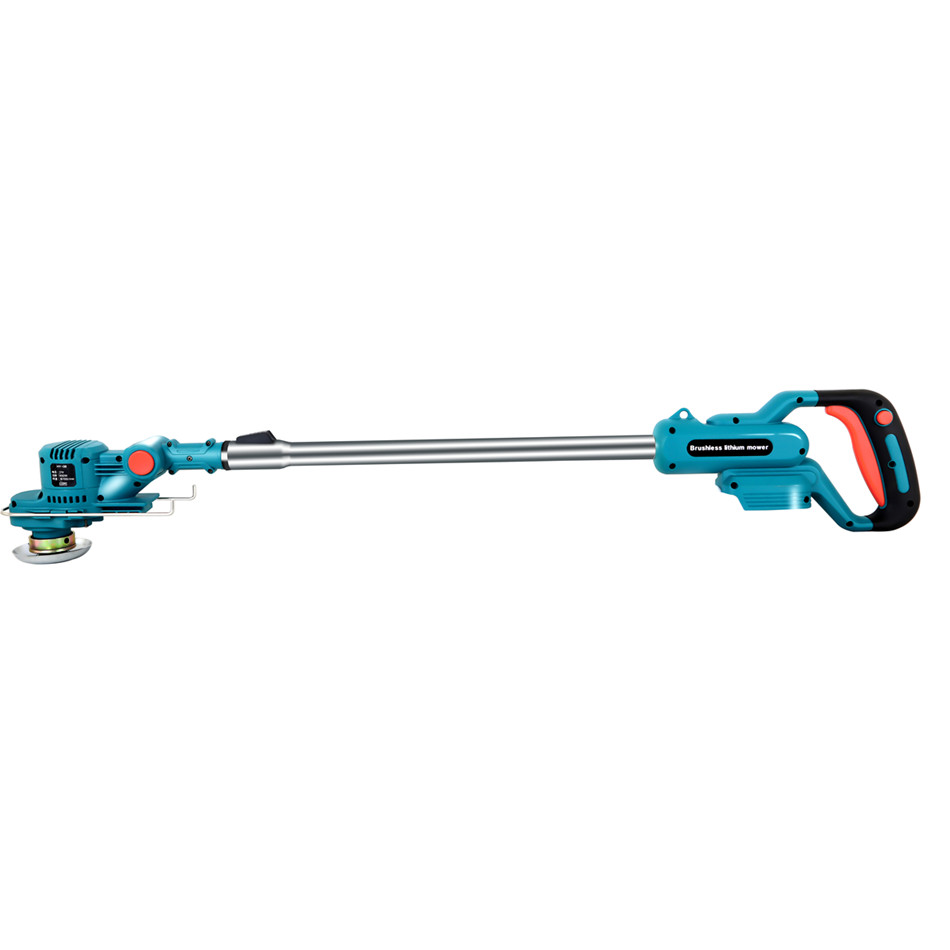
4. Coolant Leakage
White smoke can sometimes indicate a more serious issue such as coolant leakage into the combustion chamber. Modern lawn mowers with liquid-cooled engines can experience this problem if there is a leak in the coolant system. Coolant entering the combustion chamber will vaporize and appear as white smoke. It’s crucial to inspect your mower for any signs of coolant leaks and address them promptly to prevent engine damage.
How to Troubleshoot White Smoke Issues
When you notice white smoke coming from your lawn mower, prompt action is necessary to identify and resolve the underlying problem. Here are steps you can take to troubleshoot and potentially fix the issue:
1. Check Oil Levels and Quality
Begin by checking the oil levels in your lawn mower. If you suspect overfilling or contamination of the oil, drain and replace it with the appropriate type and amount recommended by the manufacturer. Ensure the oil is clean and not diluted with gasoline or water, which can also cause white smoke.
2. Inspect the Air Filter
A clogged or dirty air filter can affect the air-fuel mixture in the engine, leading to incomplete combustion and white smoke. Remove the air filter and inspect it for dirt, debris, or damage. Clean or replace the air filter if necessary to ensure proper airflow to the engine.
3. Examine the Fuel System
Inspect the fuel system for any issues that could contribute to white smoke, such as clogged fuel filters, old or contaminated fuel, or incorrect fuel mixture. Replace the fuel filter if it appears dirty or clogged, and use fresh, clean fuel with the correct oil-to-gas ratio for two-stroke engines.
4. Check for Coolant Leaks
If you suspect coolant leakage as the cause of white smoke, carefully inspect the coolant system for signs of leaks. Look for puddles or stains under the mower, and check the coolant reservoir for low levels or discoloration. Repair any leaks found and ensure the coolant system is sealed properly to prevent further issues.
5. Conduct a Compression Test
For more serious or persistent white smoke issues, performing a compression test can help diagnose internal engine problems such as worn piston rings or a blown head gasket. A lower than normal compression reading can indicate these issues, which may require professional repair or replacement of engine components.
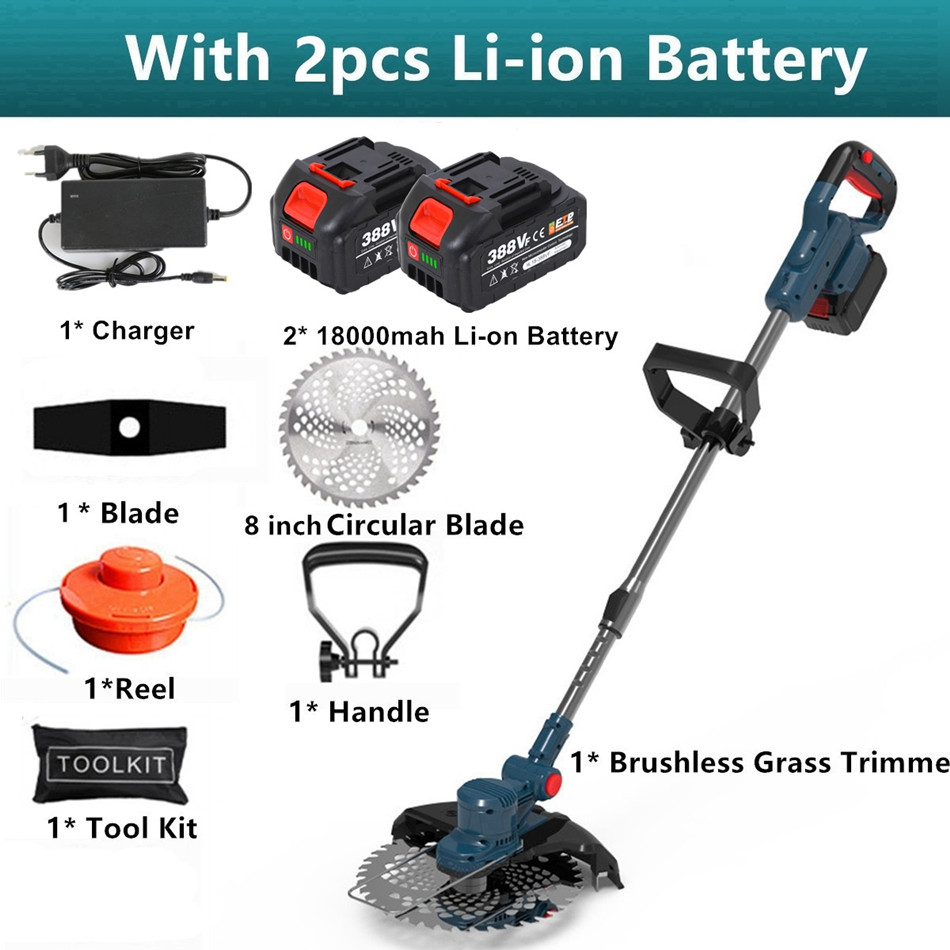
Preventive Maintenance Tips
Preventing white smoke issues in your lawn mower involves regular maintenance and care. Here are some preventive tips to keep your mower in top condition:
1. Follow Manufacturer’s Maintenance Schedule
Adhere to the maintenance schedule outlined in your mower’s manual, including oil changes, air filter checks/replacements, and spark plug inspections. Regular maintenance helps prevent issues that can lead to white smoke.
2. Use Quality Fuel and Oil
Always use high-quality fuel and oil recommended by the manufacturer. Poor quality fuel or oil can lead to combustion problems and white smoke issues.
3. Store Your Mower Properly
Store your lawn mower in a clean, dry place to prevent moisture or water from contaminating the fuel or engine components. Proper storage also helps extend the life of your mower.

4. Keep Cooling System Intact
If your mower has a liquid-cooled engine, monitor the coolant levels and inspect the system for leaks regularly. Maintaining the cooling system prevents overheating and potential coolant leaks that can cause white smoke.
Decoding the Meaning of White Smoke
White smoke in a lawnmower typically arises from burning oil. This can occur due to various factors, ranging from simple overfilling to more complex mechanical issues. However, it’s crucial to note that white smoke isn’t always an immediate cause for alarm. In some cases, it might just be a temporary issue that can be easily resolved.
Effective Solutions for White Smoke Issues
-
Check Oil Level: Regularly check the oil level using the dipstick and ensure it’s within the recommended range. If the oil level is too high, drain the excess oil carefully.
-
Inspect for Oil Leaks: Look for signs of oil leaks around the engine, such as wet spots or drips. If you notice any leaks, then locate the source and then repair or replace the damaged seals or gaskets.
-
Operate Engine on Level Ground: Avoid mowing on extremely steep slopes, then as this can cause oil to pool and potentially lead to white smoke.
-
Clean or Replace Crankcase Breather: If the crankcase breather is clog, then clean it thoroughly. If it’s damaged, replace it with a new one.
-
Seal Crankcase Air Leak: Identify the source of the air leak and seal it using appropriate gaskets or sealants.
-
Repair or Replace Blown Head Gasket: Replacing a blown head gasket is a complex task and should be done by a qualified mechanic.
-
Address Worn Cylinder and/or Rings: Replacing worn cylinder and/or rings is a major engine repair and may require extensive labor and parts.
Preventive Measures to Avoid White Smoke
-
Regular Maintenance: Follow the recommended maintenance schedule for your lawnmower, including oil changes, then air filter replacements, and tune-ups.
-
Use High-Quality Oil: Always use high-quality oil recommended by the manufacturer for your lawnmower engine.
-
Check for Leaks Regularly: Inspect your lawnmower regularly for signs of oil or coolant leaks.
-
Avoid Overfilling Oil Reservoir: Carefully check the oil level using the dipstick and avoid overfilling.
-
Operate Engine on Level Ground: As much as possible, mow on level ground to prevent oil from pooling in one side of the engine.
-
Taking Action and Seeking Help
If you notice white smoke coming from your lawnmower, the first step is to turn off the engine immediately. Continued operation can worsen the underlying issue and potentially damage the engine. Identify the severity of the smoke. If it’s a small puff that disappears quickly, it might be a temporary issue like burning off excess oil. However, if the smoke is thick, persistent, or accompanied by other symptoms like overheating or unusual noises, it’s best to seek professional help.
A qualified mechanic can diagnose the root cause of the white smoke issue by examining the engine, checking oil levels, and then performing pressure tests. They possess the expertise and tools to repair oil leaks, replace faulty components like the crankcase breather or head gasket, and address issues like worn cylinder and/or rings.
Importance of Addressing White Smoke Promptly
Addressing white smoke promptly is crucial for several reasons. Firstly, it helps prevent further damage to the engine. Ignoring the issue can lead to overheating, increased wear and tear, and ultimately, a more costly repair down the line. Secondly, then white smoke can be a symptom of a more serious problem, such as a blown head gasket, which can significantly impact the mower’s performance and lifespan. Early detection and repair can save you time, money, and hassle in the long run.

Conclusion: Keeping Your Lawn Mower Smoke-Free
By understanding the causes and solutions for white smoke in lawnmowers, then you can effectively troubleshoot the problem and ensure your mower runs smoothly. Implementing preventive measures like regular maintenance, using high-quality oil, and operating on level ground can significantly reduce the chances of encountering white smoke issues. Remember, if the problem persists or seems beyond your expertise, then don’t hesitate to seek help from a qualified mechanic to keep your lawnmower running efficiently and smoke-free for years to come.
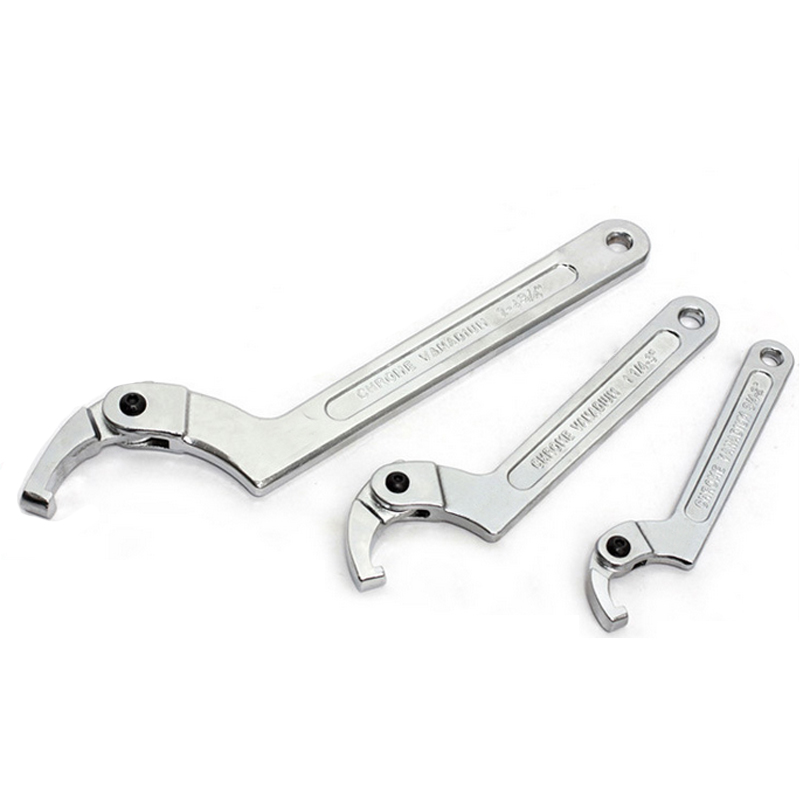
Definition of Spanner Wrench
Spanner Wrench Definition
Definition of Spanner Wrench, also known simply as a spanner or a hook spanner, is a specialized tool designed for turning or adjusting nuts, bolts, and other fasteners with a unique shape or configuration. Unlike conventional wrenches that grip flat surfaces, spanner wrenches feature one or more pins, hooks, or arms that fit into holes or slots on the fastener. This design allows them to securely grip round or irregularly shaped objects where other tools might struggle. Spanner wrenches come in various sizes and designs in 2024, each tailored to specific applications across industries ranging from automotive repair to machinery maintenance and beyond.
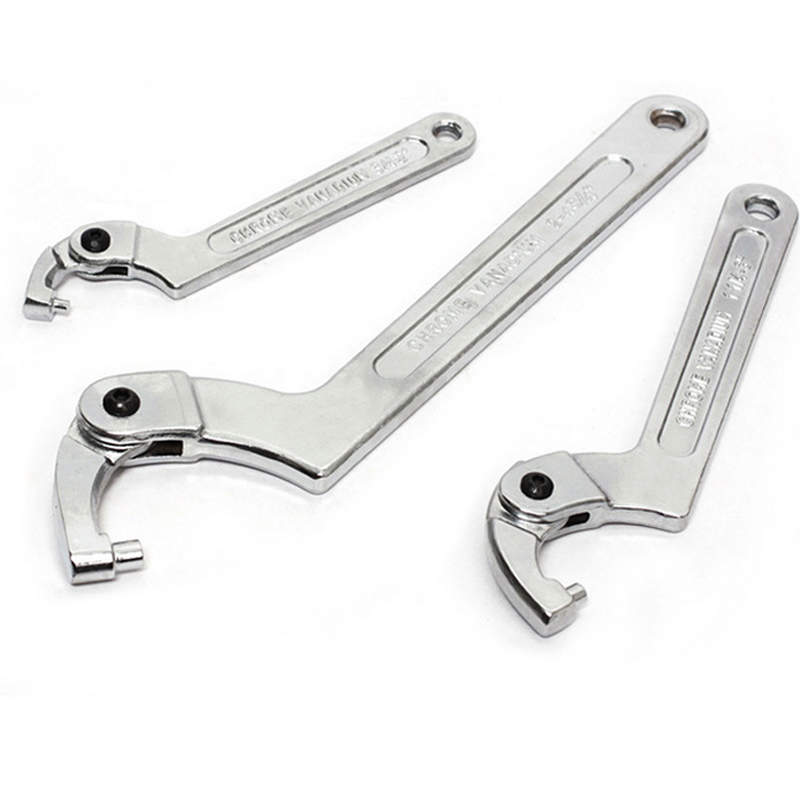
Historical Perspective: Evolution of Spanner Wrenches
The undefined of spanner wrenches is a fascinating travel through the phylogenesis of mechanical tools. Wrench wrenches have roots geological geological dating back to the early on 19th century, with the earliest designs resembling simple L-shaped tools for turn square-headed bolts. O’er time, they underwent considerable development. With the internalisation of versatile features to improve usableness and versatility.
One notable existent aspect is the transition from single-purpose tools to more multifunctional designs. Early on wring out wrenches were a great deal specific to specific applications or industries. As heavy-duty undefined advanced, the require for monetary standard tools became apparent. Leading to the vague of adjustable spanner wrenches with jaws that could accommodate unusual fastener sizes.
Functional Perspective: primary feather Functions of Spanner Wrenches
Spanner wrenches serve some essential functions in the sports sports stadium of maintenance, repair, and construction:
Fastener Adjustment: The first tone up function of a spanner wring come come out is to constrain or undo fasteners like haywire and bolts. The solicit or pin of the spanner engages with the fastener, allowing the user to utilize contortion and accomplish the craved strip of tightness.
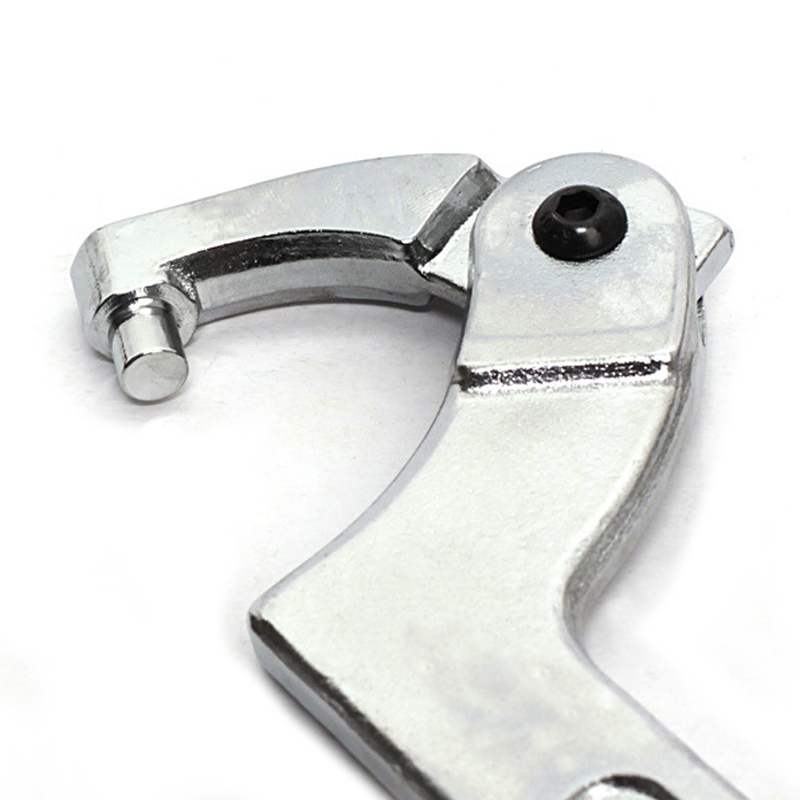
Collar Adjustment: Spanner wrenches are good in adjusting collars on machinery, ensuring finespun alignment and secure positioning.
Valve Operation: In plumbing system and unstable systems, wrench wrenches are secondhand to control and operate valves, ensuring the regulation of liquidity state flow.
Hydraulic Fittings: These wrenches are necessary for securing mechanics fittings and connectors, material in various industries, including animated and manufacturing.
Design Perspective: key out cast undefined of wrench Wrenches
The contrive of wrenches is noticeable by some describe elements, each inducive to their functionality and usability:
Hook or Pin: The most normal feature of a wrench wring out is the hook or pin at the end of the tool, which engages with slots, holes, or other holdfast features. This design allows for procure fond view and work wring out of fasteners.
Handle: wrench wrenches typically have a straight or slightly curving handle, providing a wide grip for the user. The handle Crataegus oxycantha be solidness or tubular, and its duration varies depending on the intended application.
Adjustability: In the undefined of unsure wrench wrenches, a chattel jaw or jaw-like feature is included, allowing the tool around to conform to fasteners of unusual sizes. This adjustability is a substantial plan improvement that enhances versatility.
Industrial Perspective: park Usage in Industries
Spanner wrenches see applications crossways a multitude of industries, superior to their versatility and functionality:
Manufacturing: In manufacturing, wring come out of the closet wrenches are secondhand to procure and set machine components, ensuring preciseness and safety.
Automotive: In the automotive industry, these wrenches toy with a crucial function in appeal and maintaining vehicles, from securing undefined components to adjusting temp removal parts.
Construction: twist professionals utilize wrench wrenches for tasks care adjusting scaffolding, securing morphological components, and regulating hydraulic systems in heavy machinery.
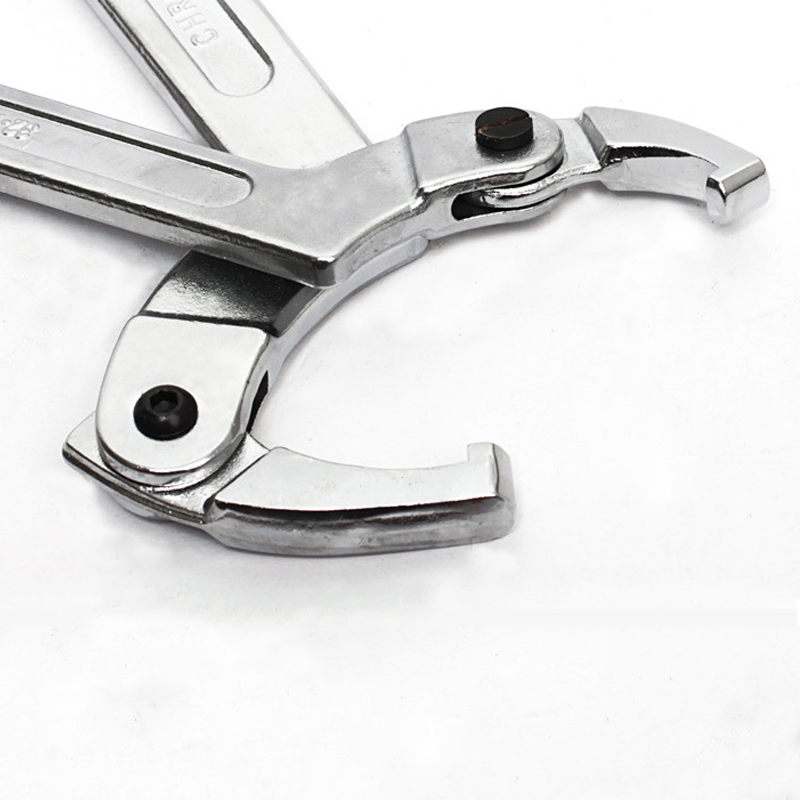
Plumbing: Plumbers utilize wrench wrenches to typeset up and adjust various plumbing system system fixtures, valves, and connectors, ensuring leak-free and efficient plumbing system systems.
Aerospace: The aerospace make up relies on spanner wrenches for upkee and meeting place tasks in aircraft and spacecraft, where precision and refuge are paramount.
Understanding the Types of Spanner Wrenches
Spanner wrenches are categorized based on their design and intended use, each serving a distinct purpose in various mechanical and industrial applications.
1. Adjustable Spanner Wrenches
Adjustable spanner wrenches are versatile tools that feature an adjustable jaw or pin distance, allowing them to accommodate a range of fastener sizes. They are commonly used in plumbing, automotive work, and general maintenance tasks where multiple fastener sizes may be encountered.
2. Hook Spanner Wrenches
Hook spanner wrenches, also known as pin spanner wrenches, feature two or more hooks or pins that engage with holes or notches on the circumference of a fastener. This design provides a secure grip and is ideal for tightening. Or loosening locknuts, bearings, collars, and other components with circular or slotted profiles.
3. C-Shaped Spanner Wrenches
C-shaped spanner wrenches are characterized by their C-shaped design/ Allow them to fit around the outside of a cylindrical or round object. They are commonly used in the automotive industry for adjusting shock absorbers, steering components, and other cylindrical parts. It require precise torque application.
4. Hinged Hook Spanner Wrenches
Hinged hook spanner wrenches feature a hinged design that allows the hooks or pins to adjust to different diameters while maintaining a secure grip on the fastener. This type of spanner wrench is frequently used in machinery maintenance, particularly for adjusting or removing threaded collars and similar components.
Applications and Industries
Spanner wrenches find widespread use in various industries and applications due to their versatility and specialized gripping mechanisms.
1. Automotive Maintenance and Repair
In the automotive industry, spanner wrenches are essential for tasks such as adjusting shock absorbers, tightening or loosening wheel bearings, and securing suspension components. The ability to securely grip round or slotted fasteners makes spanner wrenches indispensable in maintaining the integrity and safety of automotive systems.
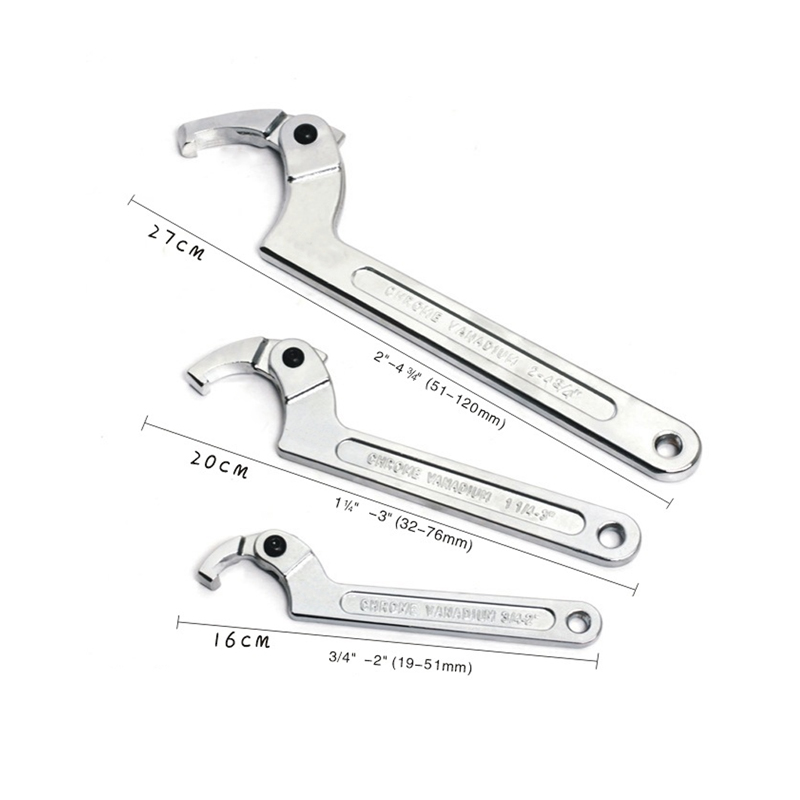
2. Machinery and Equipment Maintenance
In industrial settings, spanner wrenches play a critical role in maintaining machinery and equipment. They are used for adjusting bearings, tightening shaft collars, and securing machine components that require precise torque application. The durability and reliability of spanner wrenches make them ideal for heavy-duty applications in manufacturing and production facilities.
3. Plumbing and Pipe Fitting
The ability to grip irregularly shaped nuts and connectors ensures that plumbing installations remain secure and leak-free, contributing to efficient water and gas distribution systems.
4. Aerospace and Aviation
In the aerospace and aviation industries, where precision and reliability are paramount. Spanner wrenches are used for assembling and maintaining aircraft components. From adjusting hydraulic fittings to securing critical fasteners in avionic systems, spanner wrenches ensure that aircraft operate safely and efficiently.
Choosing the Right Spanner Wrench
Selecting the appropriate spanner wrench for a specific task. It requires consideration of several factors, including the type of fastener, size, and application requirements.
1. Size and Compatibility
Ensure that the spanner wrench selected is compatible with the size. And configuration of the fastener or component being adjusted. Adjustable spanner wrenches offer flexibility for varying sizes. While specialized designs such as hook or C-shaped spanner wrenches. They provide specific gripping mechanisms for precise applications.
2. Material and Durability
Opt for spanner wrenches constructed from durable materials. Such as hardened steel or alloys that withstand high torque and frequent use. The quality of construction directly impacts the longevity and performance of the tool in demanding environments.
3. Ergonomics and Handling
Consider the ergonomic features of the spanner wrench, including handle design, grip comfort, and ease of maneuverability. Ergonomically designed wrenches reduce operator fatigue and enhance control, especially during prolonged use or in tight spaces.
Maintenance and Care Tips
Proper maintenance and care prolong the lifespan and effectiveness of spanner wrenches, ensuring reliable performance over time.
1. Regular Cleaning
After each use, clean spanner wrenches thoroughly to remove dirt, debris, and oil residue. Use a solvent or degreaser to dissolve stubborn contaminants. Followed by drying and applying a light coating of lubricant to prevent corrosion.
2. Inspection for Wear and Damage
Periodically inspect spanner wrenches for signs of wear, including bent or damaged pins, worn jaws, or loose hinges. Replace worn or damaged components promptly to maintain optimal functionality and safety during use.
3. Storage and Organization
Store spanner wrenches in a clean, dry environment to prevent exposure to moisture, which can lead to rust and corrosion. Use toolboxes or racks to organize wrenches and protect them from physical damage or accidental misplacement.

Conclusion
Spanner wrenches are indispensable tools in various industries. Providing specialized capabilities for adjusting and securing fasteners with unique shapes or configurations. Understanding the different types of spanner wrenches. Their applications, and selection criteria ensures efficient and safe use in automotive, industrial, aerospace, and plumbing contexts. By following proper maintenance practices and choosing the right spanner wrench for each task. Professionals and enthusiasts alike can maintain equipment integrity. Improve efficiency, and achieve reliable results in their respective fields.